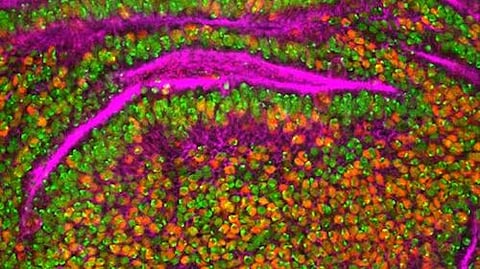Russian scientists acquired stable and bright fluorescent protein moxSAASoti, that can change color and intensity of its fluorescence. To achieve this aim, the scientists made point changes in the sequence of the coding gene. Previously all SAASoti-type proteins, that can “switch” color, were very sensible to oxidation and lost their fluorescence, while the new variant of the molecule does not lose its characteristics.
Fluorescent proteins constitute a group of molecules, that are able to fluoresce by themselves under of the certain wavelength light exposure. Scientists exclude them from living organisms, for example, jellyfish and corals, or artificially synthesize in laboratories. Nowadays there exist a vast variety of fluorescent proteins, which differ in color and intensity of fluorescence, and also in variants of color changing. Thus, some of them simply switch from fluorescent to non-fluorescent state, which means stop to fluoresce, while others are able to switch the fluorescence color from green to red.


